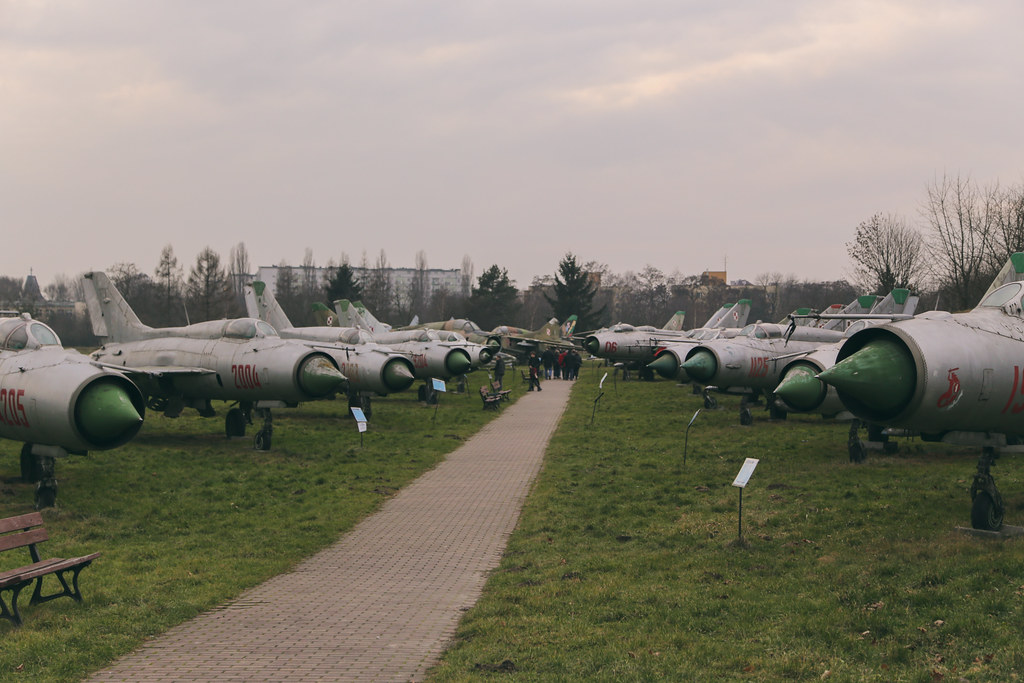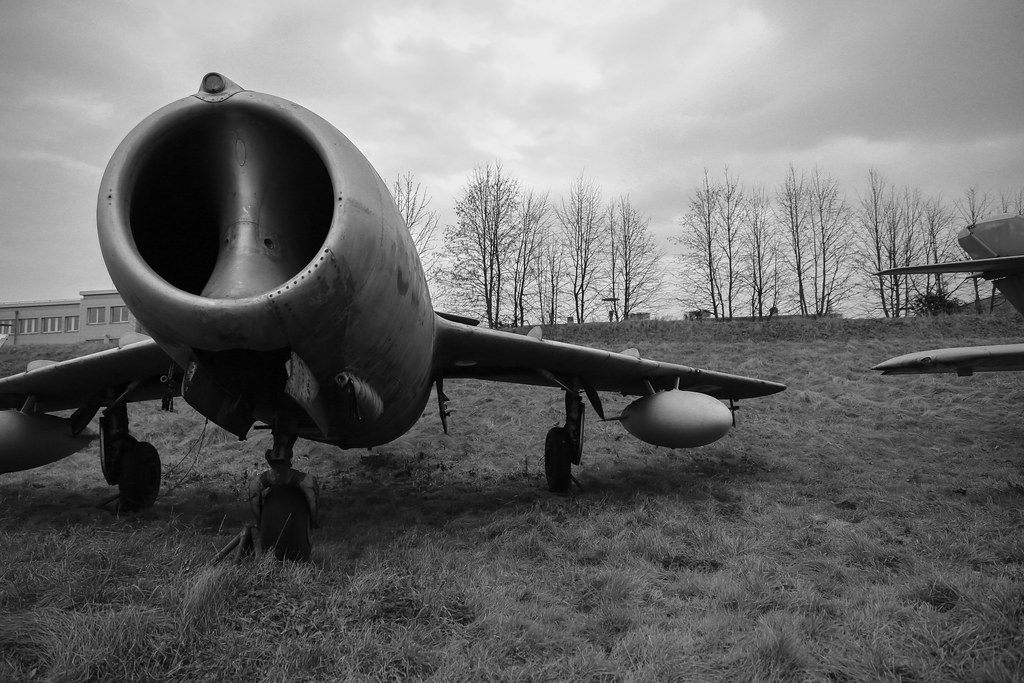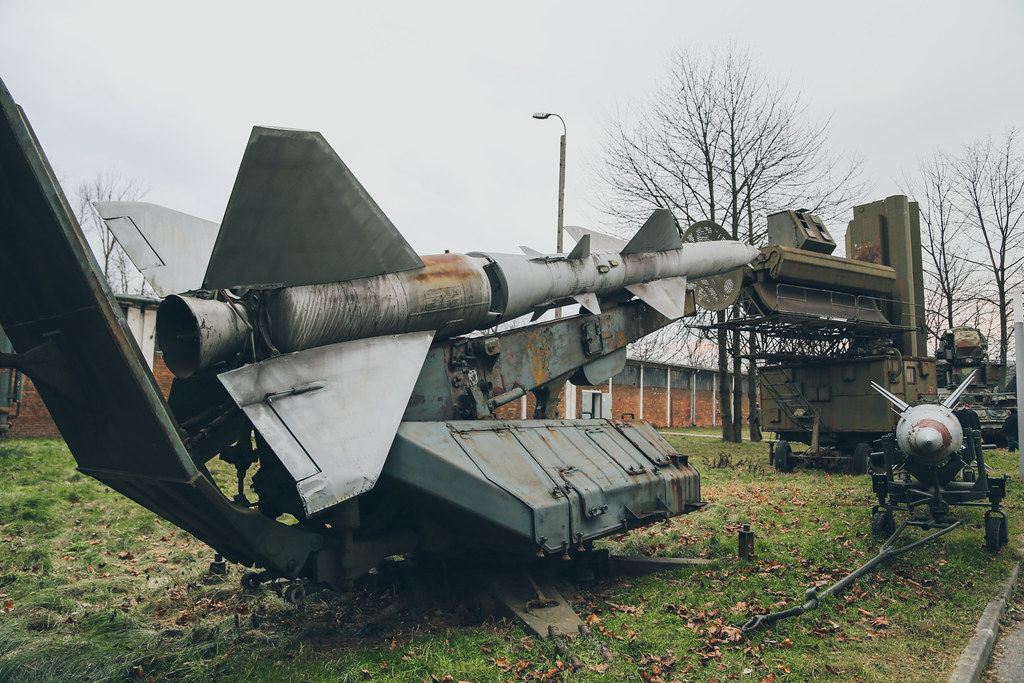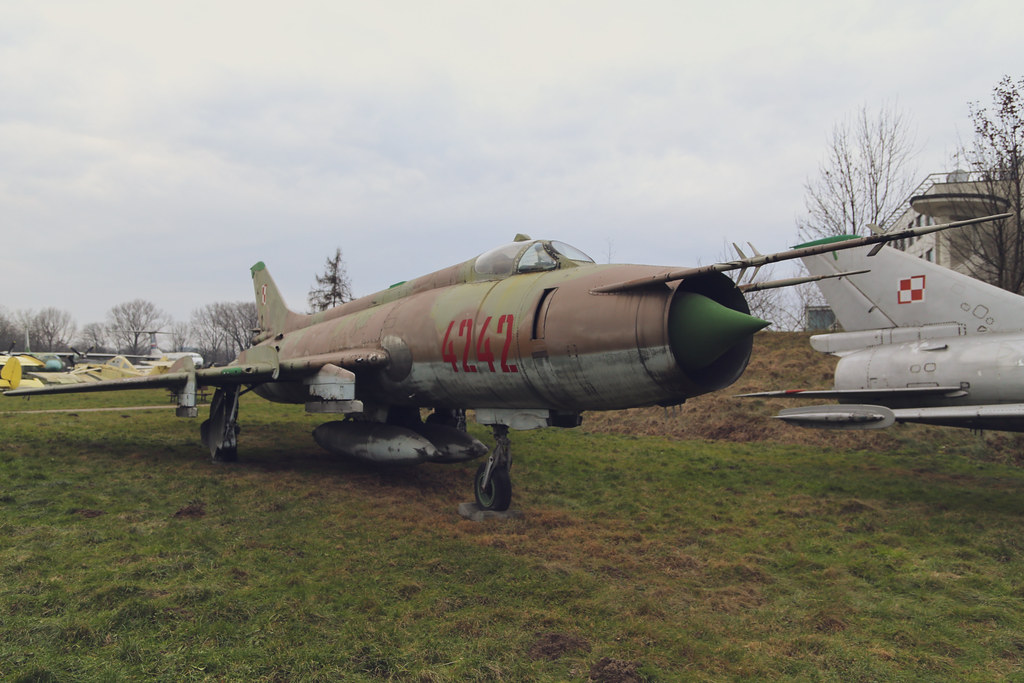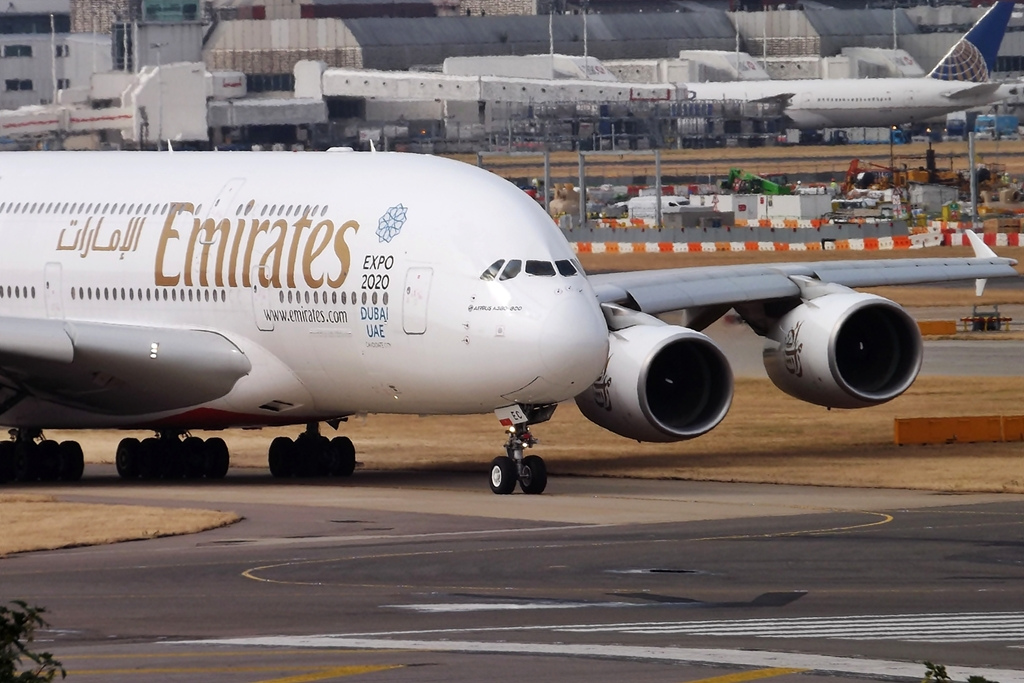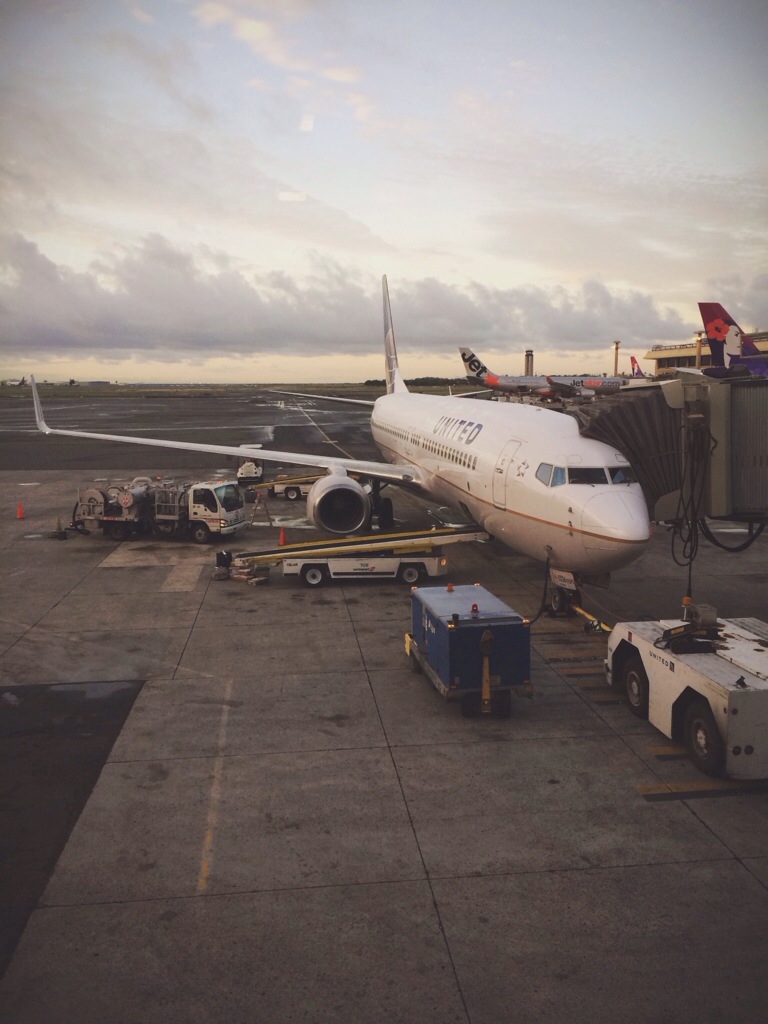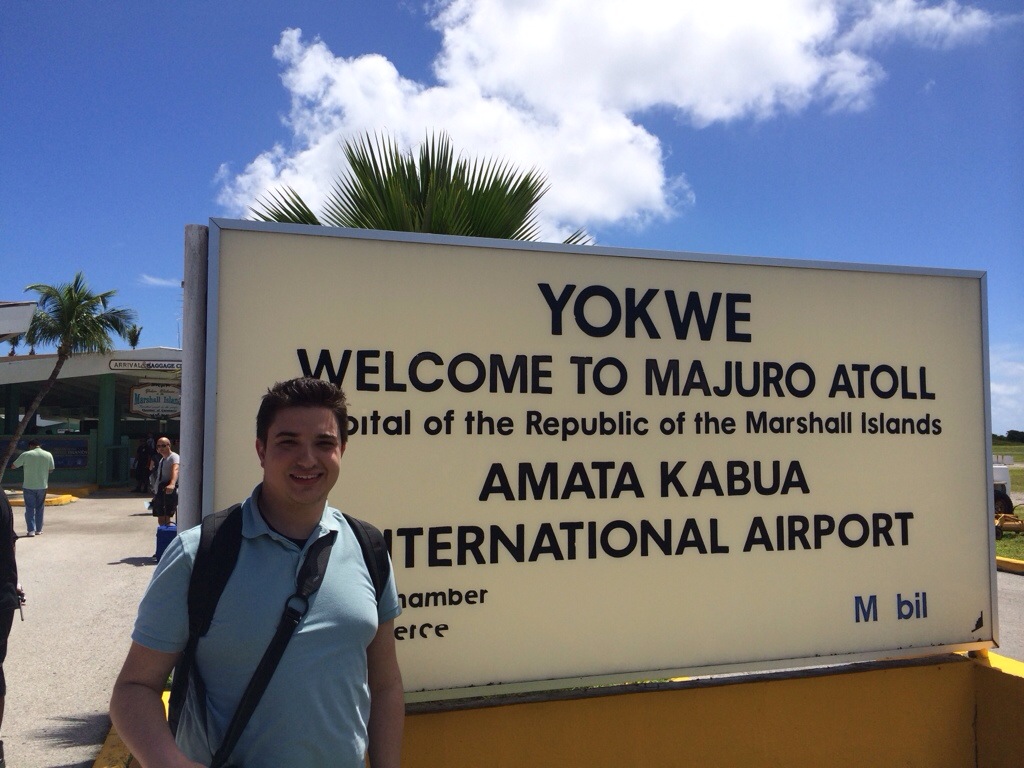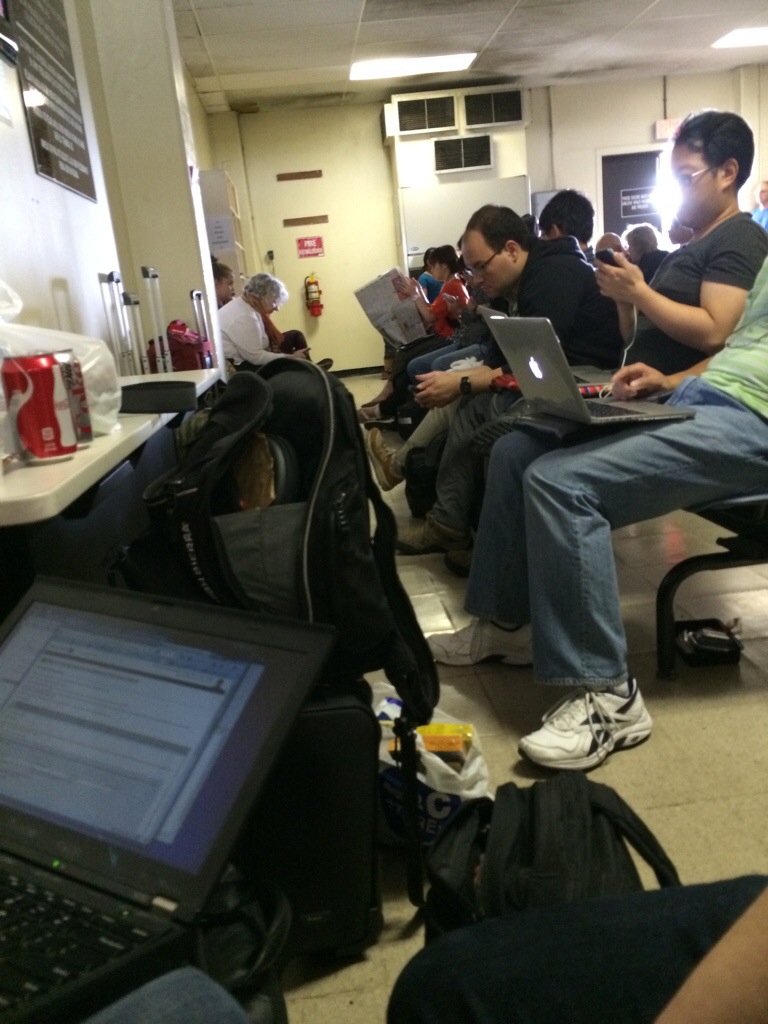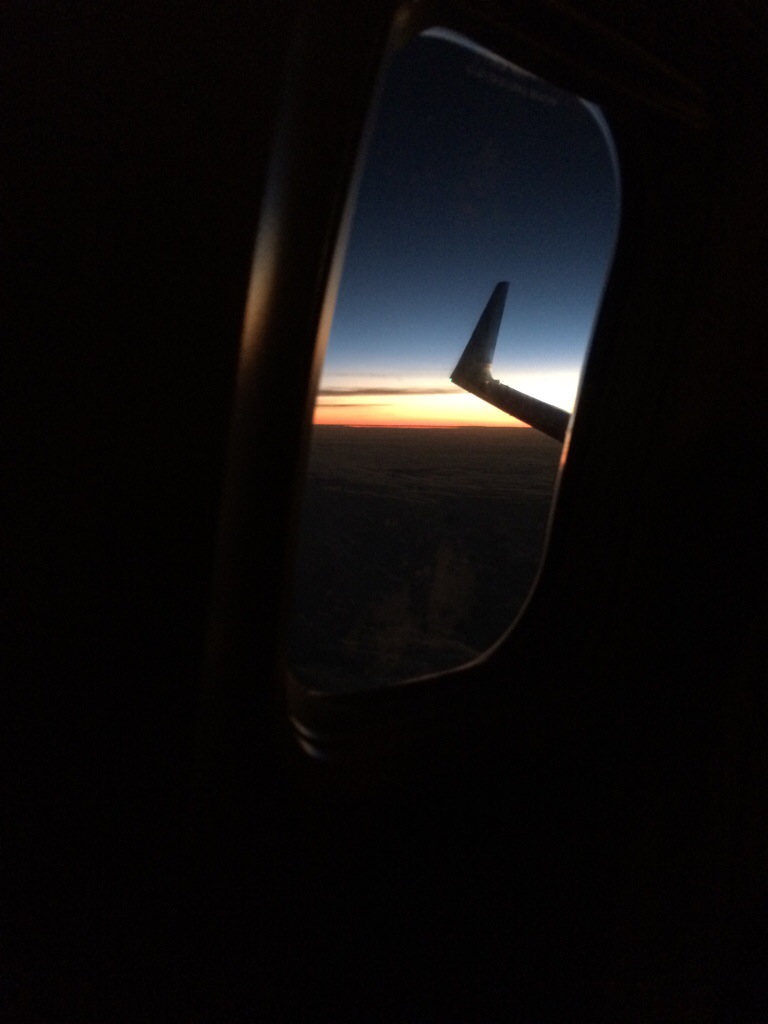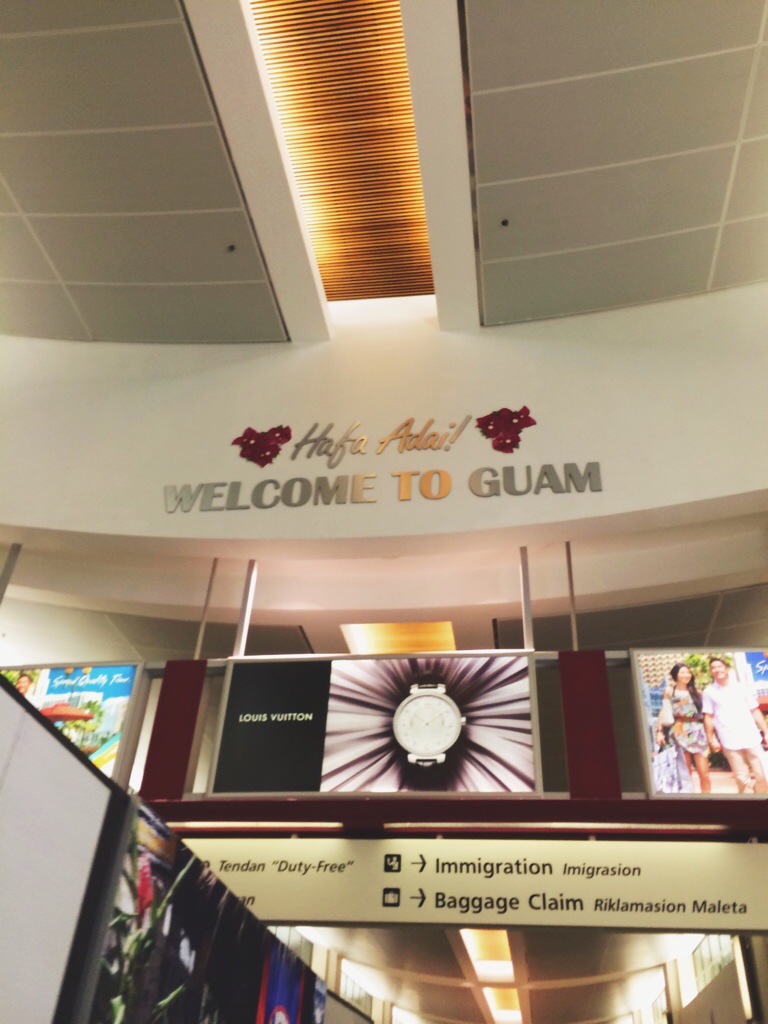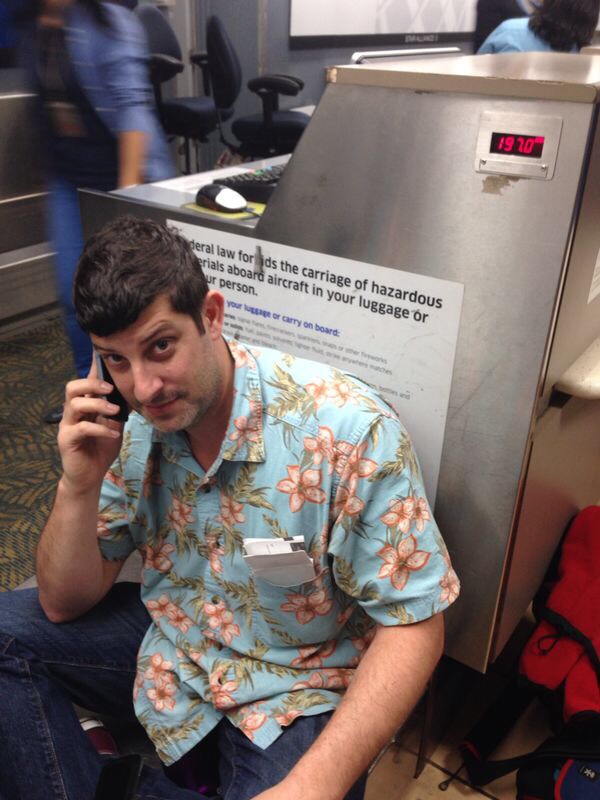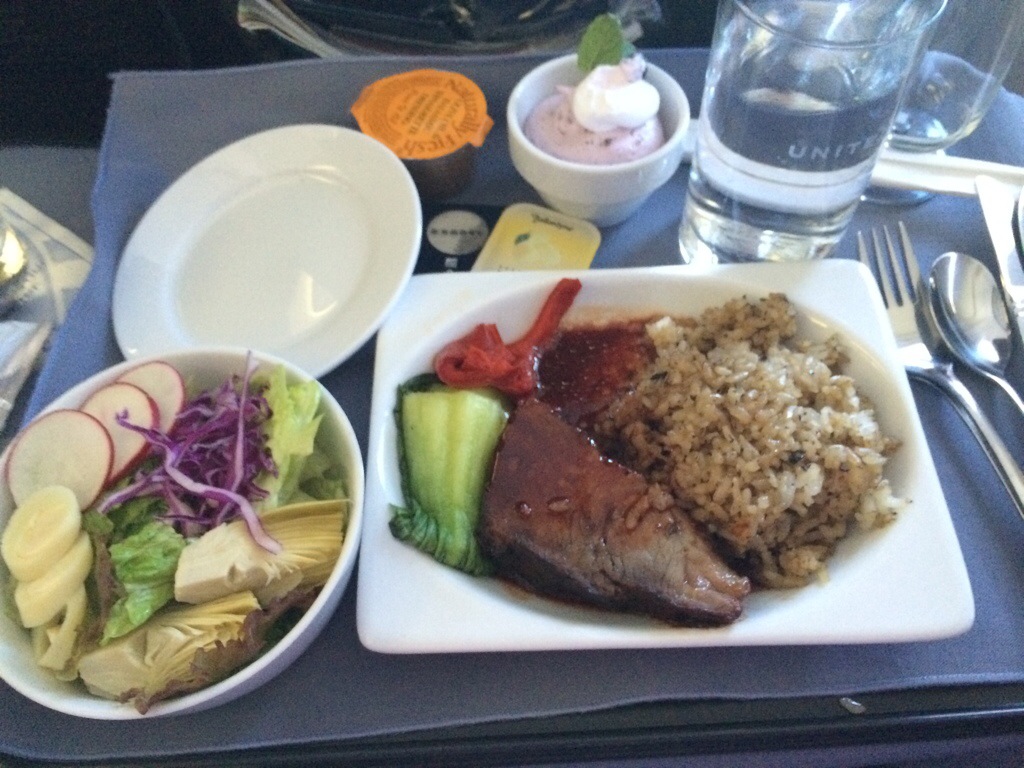In January of 2015, Delta will move SkyMiles, their frequent flier program, from earning miles based on distance flown and your status with the airline to a new system that bases your miles earned on the cost of the ticket and your status. In March of 2015, United’s MileagePlus program will take an almost identical step and turn into a miles earned based on spend and elite status system. American Airlines will keep their current mileage earning system in place for the foreseeable future but when they are done with some of the technical aspects of their merger with US Airways, I see them going to a model similar to Delta and United.
The New York Times has an article about the changes, calling them the “fadeout” of the mileage run. It is less of a fadeout and more of the complete death of the mileage run. The piece does a good job raising the concerns about confusion between redeemable miles earning and elite status earning, which will take place under two separate umbrellas. The more confusion there is for the end user, the more frustration. And while the average flier may not care, someone who does a bit of travel without keeping track of all the news and changes will certainly be a little annoyed. I also agree with the point that Mr. Barro makes about calling them “miles” after these changes. They are no longer based on distanced and merely represent an amount of money spent, making it much more appropriate to just call what you earn “points”. And while the examples of mileage earning and the losses faced by frequent fliers are illustrated in the New York Times piece, I think there are some unanswered questions about if and how basing mileage earning on spend will really be perceived by travelers and also, what it means for redemptions.
The New Earning Charts
In Delta’s case, if you are a non-status flier you will earn 5 miles per dollar spent. A Silver Medallion status flier will earn 7 miles per dollar spent, and so on. This is illustrated below per Delta’s calculator.

United’s changes are almost identical.

It is nice that Delta’s calculator shows what you would earn in the old program and what you will earn on the same fare in the program. It makes it easy for a flier to look at the numbers and see just how good or bad these changes are for them.
Examples
Below are a few anecdotal examples to illustrate the gains and losses that frequent fliers and non-statused passengers will experience with these changes. I took the lowest available fare a month or more out for the different routes. Also, I focused on United, simply because they are who I fly, but the math for Delta would be very similar. I did not include taxes in the calculations as those are not included in the mileage earning for either airline. The fuel surcharges on international trips was included, again, because it is included in the calculations for mileage earning by the airlines.
The first example is a Portland, Oregon to Newark, New Jersey roundtrip. This one is my typical route and while the price fluctuates on this route, the $466 is reflective of a typical 7-day stay.
| Sample Route |
Distance |
Fare |
Class |
|
|
| PDX-EWR-PDX |
4,866 |
$466 |
Coach |
|
|
| 2014 (Current) Earnings |
Member |
Silver |
Gold |
Platinum |
1K |
|
4,866 |
6,082 |
7,298 |
8,514 |
9,732 |
| 2015 (New) Earnings |
Member |
Silver |
Gold |
Platinum |
1K |
|
2,330 |
3,262 |
3,728 |
4,194 |
5,126 |
| Difference |
Member |
Silver |
Gold |
Platinum |
1K |
|
-2,536 |
-2,820 |
-3,570 |
-4,320 |
-4,606 |
In this example you see that there is a loss of miles, regardless of elite status. A 1K would need to spend $885 2015 to earn near the same amount of miles that they would have earned in the program in 2014. With lots of competition on transcontinental routes, I see fares staying rather competitive for coach seats, meaning low fares, meaning low mileage earning.
The other side of this is the next example, the exact same route, Portland, Oregon to Newark, New Jersey, but this time, in first class.
| Sample Route |
Distance |
Fare |
Class |
|
|
| PDX-EWR-PDX |
4,866 |
$1,068 |
First |
|
|
| 2014 (Current) Earnings |
Member |
Silver |
Gold |
Platinum |
1K |
|
7,298 |
8,514 |
9,730 |
10,946 |
12,164 |
| 2015 (New) Earnings |
Member |
Silver |
Gold |
Platinum |
1K |
|
5,340 |
7,476 |
8,544 |
9,612 |
11,748 |
| Difference |
Member |
Silver |
Gold |
Platinum |
1K |
|
-1,958 |
-1,038 |
-1,186 |
-1,334 |
-416 |
While anecdotal, this example shows that paying more cash and sitting in the comfy seat does not necessarily generate more redeemable miles under the 2015 earnings programs. In fact, if your goal is to earn more miles, you are better off paying for the $1,500 refundable fare and doing an instant upgrade (if an elite on the airline).
Next is a long distance business class trip. A San Francisco-Frankfurt roundtrip priced as the average of what I could find for different months. There are spikes in price some months, but I found the $7,060 price to be pretty close to average.
| Sample Route |
Distance |
Fare |
Class |
|
|
| SFO-FRA-SFO |
11,398 |
$7,060 |
Business |
|
|
| 2014 (Current) Earnings |
Member |
Silver |
Gold |
Platinum |
1K |
|
17,096 |
19,944 |
22,794 |
25,644 |
28,494 |
| 2015 (New) Earnings |
Member |
Silver |
Gold |
Platinum |
1K |
|
35,300 |
49,420 |
56,480 |
63,540 |
75,000 |
| Difference |
Member |
Silver |
Gold |
Platinum |
1K |
|
18,204 |
29,476 |
33,686 |
37,896 |
46,506 |
In this example, the new 2015 program is extremely lucrative. The business class fare is high enough that everyone sees a significant gain in their redeemable miles earned. The 1K member actually doesn’t realize the full potential of the 11x multiplier because earnings on a single ticket are capped at 75,000 redeemable miles.
I then took the above business class example and made it an economy class booking instead. It’s not a bottom of the barrel example, it’s a mid-tier typical fare to Europe purchased somewhat in advance.
| Sample Route |
Distance |
Fare |
Class |
|
|
| SFO-FRA-SFO |
11,398 |
$1,400 |
Coach |
|
|
| 2014 (Current) Earnings |
Member |
Silver |
Gold |
Platinum |
1K |
|
11,398 |
14,246 |
17,096 |
19,946 |
22,796 |
| 2015 (New) Earnings |
Member |
Silver |
Gold |
Platinum |
1K |
|
7,000 |
9,800 |
11,200 |
12,600 |
15,400 |
| Difference |
Member |
Silver |
Gold |
Platinum |
1K |
|
-4,398 |
-4,446 |
-5,896 |
-7,346 |
-7,396 |
Again, everyone loses out on miles. Not incredibly large amounts, but there is definitely a loss.
Lastly, I’d like to look the one place where people will make a mint on miles compared to how many they are earning under the current program: The short distance but relatively expensive ticket. These are usually refundable or flexible tickets but are shorter distances (say, less than 500 miles each segment). It’s a typical business scenario and one that I wanted to explore. In this example it is Manchester, New Hampshire to Washington-Reagan via Newark-Liberty.
| Sample Route |
Distance |
Fare |
Class |
|
|
| MHT-EWR-DCA-EWR-MHT |
816 |
$1,366 |
Coach (Flexible) |
|
|
| 2014 (Current) Earnings |
Member |
Silver |
Gold |
Platinum |
1K |
|
1,018 |
1,220 |
1,424 |
1,628 |
1,834 |
| 2015 (New) Earnings |
Member |
Silver |
Gold |
Platinum |
1K |
|
6,830 |
9,562 |
10,928 |
12,294 |
15,026 |
| Difference |
Member |
Silver |
Gold |
Platinum |
1K |
|
5,812 |
8,342 |
9,504 |
10,666 |
13,192 |
What Does This Mean?
In short, the majority of travelers regardless of airline elite status, who fly on discount or regular coach class tickets, are going to lose redeemable miles under the new system. The new system is going to reward those on very expensive business/first class travel and those who have to buy refundable or flexible tickets. The ones who will see some of the biggest increases in miles are the short distance fliers who buy those refundable tickets. They are spending less time in a seat but paying more money for the privilege and the airlines are rewarding that.
Some, who I respect, have this to say:
When asked why:
And while Mr. Harteveldt isn’t incorrect that there is an element of low-yield travel created by gaming the mileage run system, the idea that this makes the airlines completely unprofitable and those passengers are a huge cash sink for those airlines, is a stretch. Truth is, airlines need some of that low-yield travel to fill seats that would otherwise go empty. The difference now is that Delta and United do not want to hand out the same number of miles for that seat. However, this has less to do with “rewarding” someone than it does with simply not putting the miles on the balance sheet.
The Cost of Miles
Regardless of how the airlines word these changes the real issue comes down to cost. The miles that the airlines have a cost associated to them for the airline. The airline records the outstanding miles on their balance sheets as liabilities. At some point, someone will redeem their miles and the airline will either pay a partner for the flight the passenger takes, or they will remove a seat from their own inventory for that passenger to sit in. There is a tangible cost here. In fact, when the Star Alliance recently changed their rules on reward redemption charges allowing carriers to set their own price for their premium cabin rewards, United responded by making partner rewards very expensive. If someone wants to redeem miles for a seat that Lufthansa charges United $5000 for, then United wants to collect more miles from that passenger.
The fact that airlines have millions upon millions of miles outstanding on their balance sheet does not look good to their accountants nor their investors, so in the changes to reward mileage earning, we’re seeing a shift. The newly rewarded miles will essentially be “paid for” up front (at least partially) while the old miles are removed from the balance sheets over time.
Want more proof that this is at least some of the motivation? Look at United’s page discussing the changes.

That’s right, you can redeem your miles for Economy Plus seats on a specific flight, an Economy Plus subscription, and a checked baggage subscription. None of those three things has any real cost to United. If you use your miles for an Economy Plus seat on a specific flight, United is only out the $39 or $49 they would have charged someone had no elite member been available to take advantage of that seat as part of their benefits. If you use your miles for a checked baggage subscription, there is no cost to United, simply a slight drop in ancillary revenue on that flight, though even that is probably offset by the fact you spent miles on it. The cost for the airline is minimal while the benefit for them is taking more of the liability off of the balance sheet.
Even more proof of this is Delta’s recent announcement that there will soon be a limit on how many American Express Membership Rewards points one can transfer into SkyMiles (250,000 Membership Rewards points in a calendar year). Delta wants to limit the incoming liability of miles even though American Express has been one of their best partners.
The airlines are tying miles earned to how much you paid for a fare not just because “it’s rewarding” but because it limits their exposure to liability. Plain and simple.
What Do I Do Now?
The answer to this question is simple: Mileage earning shouldn’t be the determining factor of your airline loyalty, especially with these changes.
The argument used to be that a person could put up with the bad aspects of a carrier if the rewards were worth it. With the rewards quickly becoming based on spend and less on miles flown, why fly that airline over another if the price is the same? For example, I give United my business, even with the terrible Recaro seats, on a transcontinental flight because I value those points. With the mileage earning changes, my comfort takes priority and if that means a flight on Delta, so be it.
This isn’t to say that for everyone mileage earning is the deciding factor, in fact, I would say it’s a small percentage of people who actually care about this piece of the frequent flier game. I remember a discussion a long time ago about how most travelers redeem their miles for simple domestic rewards, sometimes paying the higher mileage rate to avoid paying what they considered a high fare.
There is also an option to earn the original redeemable miles as you have all along, the catch is, you have to not care about elite status. In the terms and FAQs of each airline’s new redeemable miles program (United | Delta), there is a statement regarding tickets booked on partner airlines. If you book on a partner’s ticket stock, basically who took your money, then you are still eligible to earn reward miles at the 2014 rates, but you in almost all cases, you will not earn elite miles. So you have a choice, become an elite with Delta or United or earn the 2014 redeemable mileage rates.
You could also play the credit card churning game to earn redeemable miles. I find it too time consuming and a ton of work to keep track of what cards need what minimum spend and which ones I haven’t signed up for yet. Some people love that game but for me, it just isn’t worth the time or the energy.
Another choice would be to start flying American Airlines. They are the last of the large U.S. carriers to have a mileage flown is what you earn rewards program and it will stay that way. Well, until they are done with their merger with US Airways, then I would say the chances are very good they too will move to a points based on spend system. Sure, bloggers will post about how great American is and how they are using their miles to go somewhere far away, but that I feel will be a short lived game. There is a year, maybe two left for the greener pastures on American. Feel free to make that move if you are prepared to make another move or choice when American decides to go to a system similar to Delta and United.
Like I said above, the answer is simple: Fly places, do it affordably and comfortably, and worry less about the miles being earned. That was a little difficult for me to write. I used to see a cheap fare somewhere and say, “a weekend there would be nice and the miles would be nice too” and buy a ticket. The miles were an incentive for me to buy a fare to go someplace new that I may not have been inclined to pay for, now I’ll just go new places knowing the earnings will not be as high.
Is There Any Chance The Airlines Change Their Minds?
The airlines changing their minds on this is unlikely. Why would they? They can now reward fewer miles and even cap them for their most “loyal” travelers. The cap at 75,000 miles on a single ticket is something that blows my mind. You (or your company more likely) drop $8,000 on a business class ticket to Asia and you get capped at 75,000 miles. United and Delta find you loyal, but only 75,000 miles loyal.
I think the only real way any of this changes is if the airlines struggle in the coming years. If people stop flying due to the economy or because of fares or whatever, then I could see the airlines reeling these mileage earning changes back to what they used to be, but even that is unlikely. Another scenario is that corporate accounts start complaining to the airlines. These companies pay a lot of money for their employees to travel and if those employees start complaining, it’s likely the corporate travel sales folks will get wind of it. But, there is nothing keeping Delta or United from sweetening the pot and giving those contracts some kind of mileage bonus every year, so even the idea of corporate contracts getting pulled is a stretch.
Lastly, I do see this changing some people’s behavior and that’s not necessarily a good thing. People who have the freedom to book via airline websites for their corporate travel could get themselves into trouble pursuing more expensive fares to earn more miles. To combat this, companies may enforce their corporate policies more stringently, taking away some money from Delta/United if they are not the cheapest carriers in a particular market.
In Summary
Overall the biggest problem with the new mileage earning programs is that they not only earn less miles for the frequent yet affordable traveler, but they are confusing programs now. You will still earn your elite status based on two criteria, qualifying dollars and qualifying miles, the latter being based on distance flown, but you will earn redeemable miles based on fare paid. It is even confusing to type.
These programs change on a whim. There are rumors (see footnote at bottom of page) that Delta’s Medallion Qualifying Dollars minimum is increasing for next year. It’s unconfirmed but if true, means these programs will get tweaked and changed as the airlines see fit. They will look to cut out the chaff and focus on people who are spending a lot of money. Pundits can say this rewards more profitable fliers but even that doesn’t take into account the caps on what a person can earn on a single ticket. This is about reducing costs and liabilities for the airlines. As the airlines see fit, they will make more changes to reduce those costs.
Focus on the good stuff. See a cheap fare to a place you want to visit and you have the cash? Buy it. Stop focusing on the miles and get out there and see the world. Miles, upgrades, rewards, etc. are all fun things but if they hinder the actual visiting of places, don’t focus on them.
Recently a number of airlines have been offering decent business class deals to Europe during off peak seasons. I have a feeling that this will become a new normal. We will see $1,500 business class fares to Europe from Houston, San Francisco, etc. when the airlines need to fill seats that would otherwise go empty. Take advantage of that. You’ll earn some miles and you will get a nice seat across the Pond.
For me, I am bummed about the move. I loved having a small incentive for a weekend trip somewhere I wanted to visit anyway. I loved being able to burn miles on the few trips my wife and I were able to take longhaul. My plan going forward is to continue to earn elite status simply because I am on the road so much but as soon as I hit a level I am comfortable with, my plan is to switch to booking on partner airlines and earning the old rates for that level that I reached. It’s a hybrid plan but one I think may have some benefits for me. If I was to stick to just flying United tickets everywhere, just like I do now, then I would lose out on around 95,000 miles, possibly more once I do the math for my end of year stats. My company spent a lot of money for my work travel and I spent a fair amount of cash on personal travel but that is only worth so much to United. Clearly, I am a low-yield passenger.
In any case, I hope you make the decision that works best for you financially and travel wise. Happy flying!
Edit: It is now confirmed that Delta is raising the qualifying dollars required for 2016 SkyMiles Medallion elite status.

